Historical misconceptions we all thought were true
History is often a tapestry woven with threads of truth and embellishment. As stories are passed down, they sometimes evolve into myths that capture our imagination. These historical myths are not just stories; they’re narratives that shape how we perceive the past.
Let’s delve into some of the most fascinating historical myths and reveal the truths hidden behind them. It’s time to separate fact from fiction and see how history has been romanticized over the years.
The Real Story Behind Vikings and Their Horned Helmets

The image of Vikings with horned helmets is as iconic as it is inaccurate. This misconception likely stems from the 19th-century operas of Richard Wagner, where costume designers took creative liberties. Historical evidence shows that Viking helmets were actually conical and made of leather or metal, sans horns.
Excavations have not revealed any Viking helmets with horns, debunking this myth. It’s a fascinating example of how pop culture can shape our understanding of history, leaving us with a lasting but incorrect image.
Did Napoleon Really Have a Height Complex?
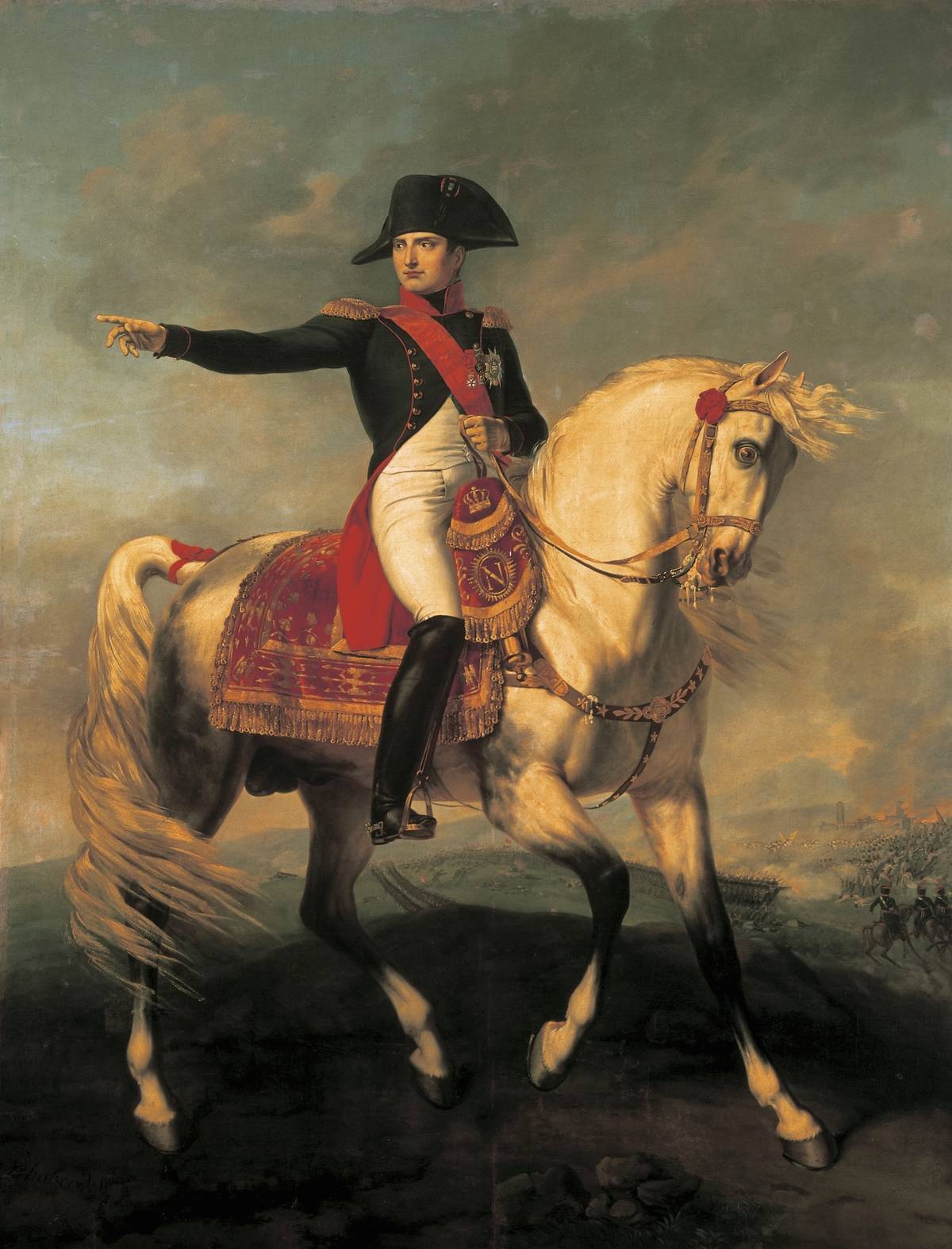
Napoleon Bonaparte is often depicted as a man with a height complex, but was he really that short? In reality, Napoleon stood around 5 feet 6 inches, average for his time. The myth of his short stature likely originated from a mix-up in measurements between French and British units. Of course, British animosity toward him only fueled that confusion.
His nickname, ‘The Little Corporal,’ was actually more about endearment than stature. This myth has persisted, perhaps due to the irony of such a powerful leader being perceived as diminutive.
The Truth About Christopher Columbus and the Flat Earth Belief
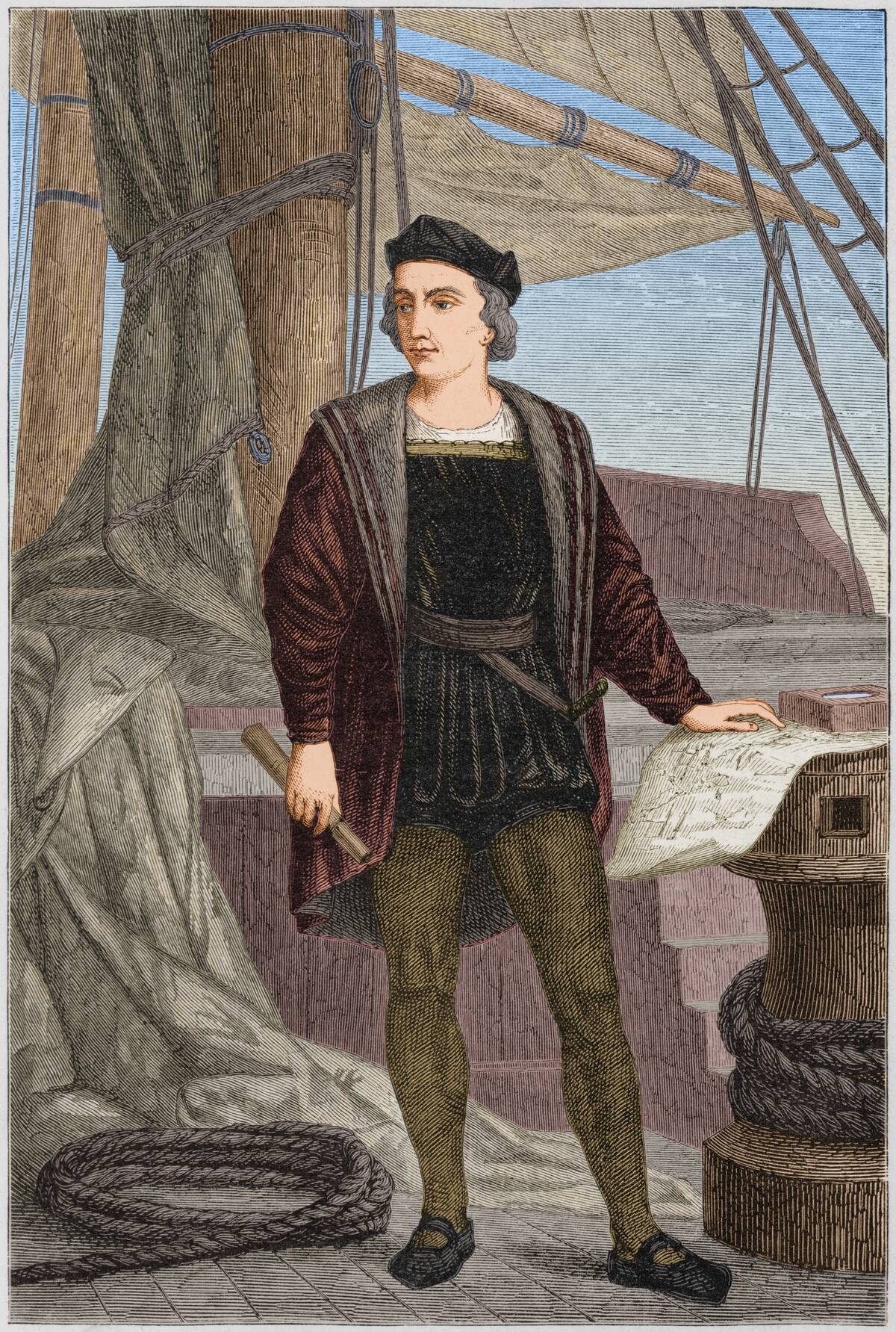
It’s a common tale that Columbus set sail to prove the Earth was round, but this is a myth. Educated Europeans in Columbus’s time already knew the Earth was round, thanks to ancient Greek scholarship.
Columbus’s real motives were more about finding a new trade route to Asia. The flat Earth narrative is a modern invention, perhaps to add drama to the story. This myth underscores how history can be simplified into narratives that aren’t always accurate.
Marie Antoinette and the Infamous “Let Them Eat Cake” Quote

Marie Antoinette’s legendary quote, “Let them eat cake,” is one of history’s most famous misattributions. There’s no evidence she ever uttered these words. The phrase likely originated from philosopher Jean-Jacques Rousseau’s writings, penned when Marie was only a child.
It was meant to illustrate the disconnect between the French aristocracy and the common people. This myth persists as a symbol of royal indifference, highlighting how quotes can be misassigned to create compelling narratives.
The Misunderstood Origin of the Great Wall of China

The Great Wall of China is often thought to be a single, continuous structure built to repel Mongol invaders, but this is only partially true. The wall is a series of fortifications constructed by various dynasties over centuries, starting as early as the 8th century BC.
Although the fortifications added during the Ming Dynasty were reactions to Mongol raids, the wall’s original and prevailing purpose was to protect against various nomadic groups. The myth of a singular, Mongol-focused wall is a simplification of a complex history involving many peoples and purposes.
Einstein’s Struggle with School: Myth or Reality?
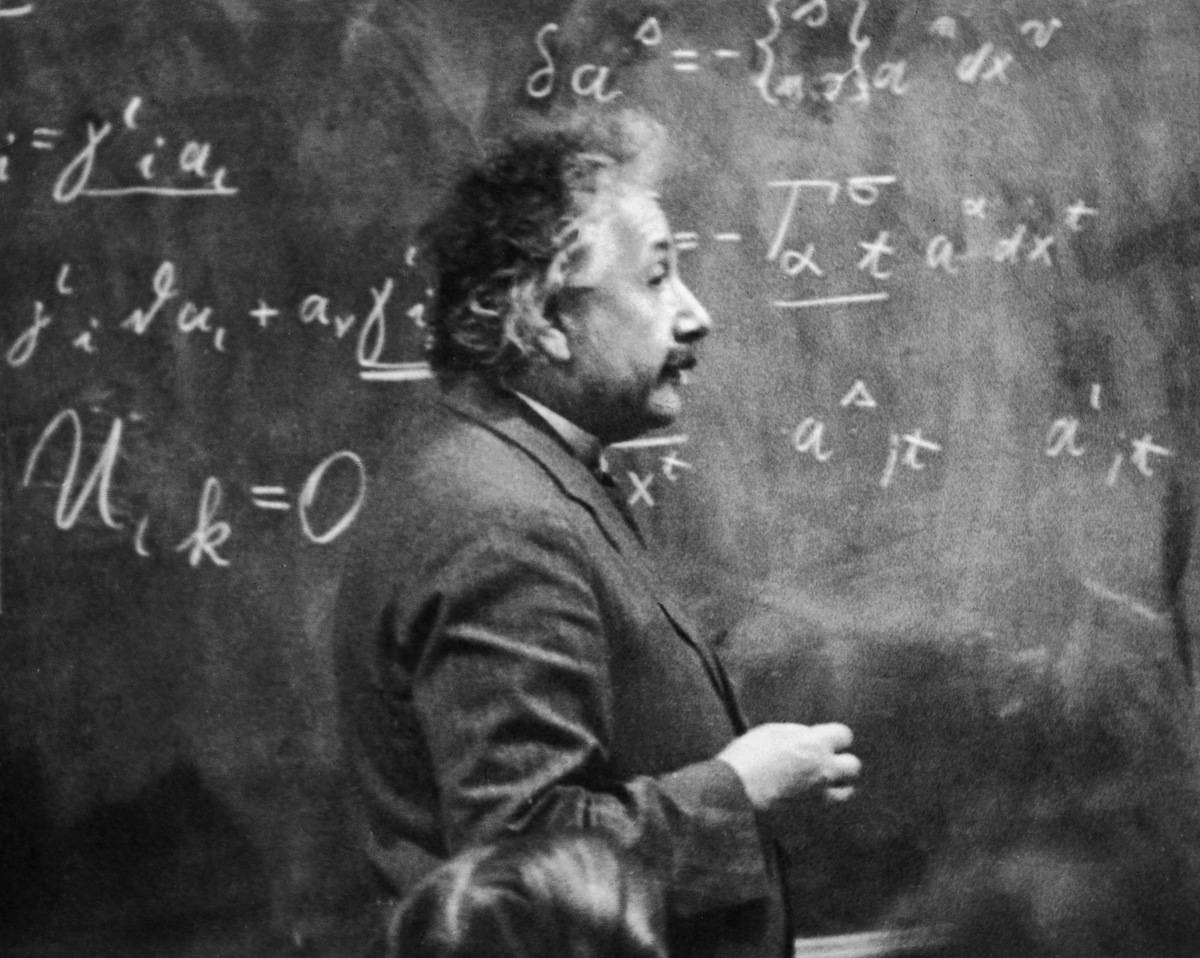
Albert Einstein’s school struggles are legendary, but how much of it is true? Contrary to popular belief, Einstein was a good student, especially in subjects like mathematics and physics. The myth of his poor performance likely arose from a misunderstanding of the German grading system.
His teachers did find him rebellious, as he often clashed with them intellectually. He also performed poorly in non-scientific subjects (particularly French), but this meant that he was rejected from Zurich’s Federal Polytechnic School when he was two years younger than most other applicants. Once her studied more thoroughly, he was accepted. He was a genius even then, just not one who could excel at literally everything without trying.
The Salem Witch Trials: What Really Happened?
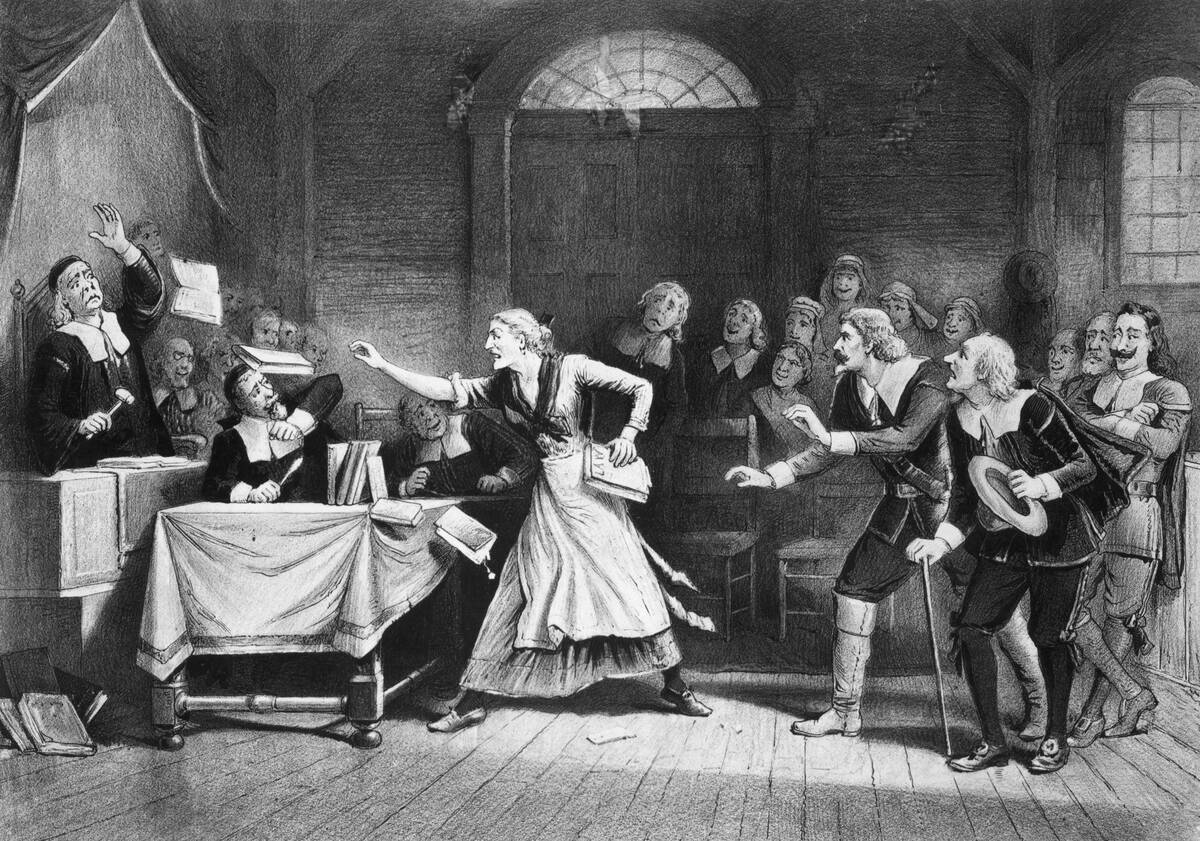
The Salem Witch Trials are often portrayed as a frenzy of superstition and hysteria, but the truth is more complex. The trials were fueled by a combination of social, political, and religious factors.
Between 1692 and 1693, fear of the devil and local disputes led to the accusation of over 200 people, with 19 executed. It wasn’t just about witchcraft; it was a manifestation of community tensions. This dark chapter in history is a cautionary tale about the dangers of mass hysteria.
Did Nero Really Fiddle While Rome Burned?
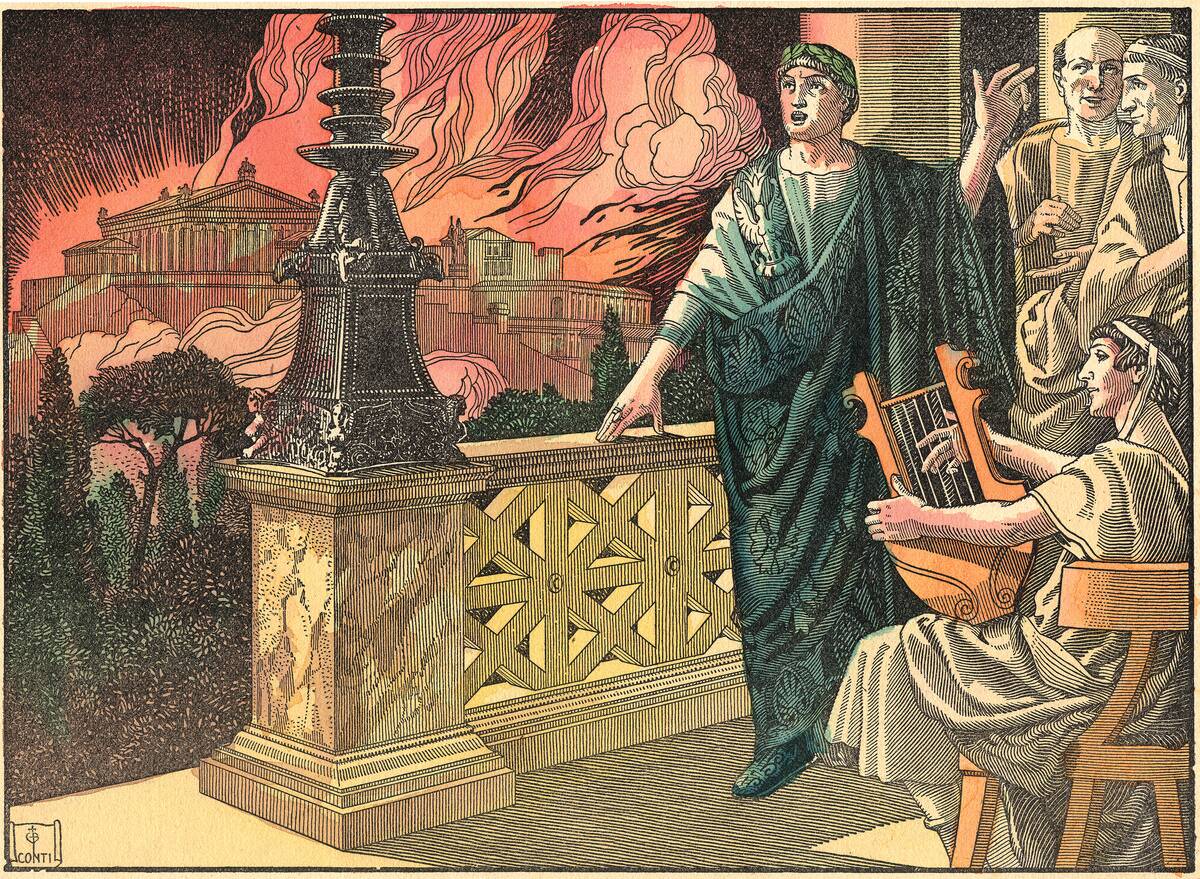
The image of Emperor Nero playing the fiddle while Rome burned is a dramatic one, but it’s not quite accurate. The fiddle didn’t even exist in Nero’s time. Historical sources suggest he was 35 miles away in Antium when the fire started.
Nero reportedly returned to organize relief efforts, though some claim he started the fire himself. This myth likely arose from Nero’s enemies and was perpetuated by later Roman historians who were critical of Nero, using the story to tarnish his legacy. That said, he wasn’t above this sort of scapegoating either, as he baselessly blamed Christians for the fire.
The Mystery of George Washington’s Wooden Teeth
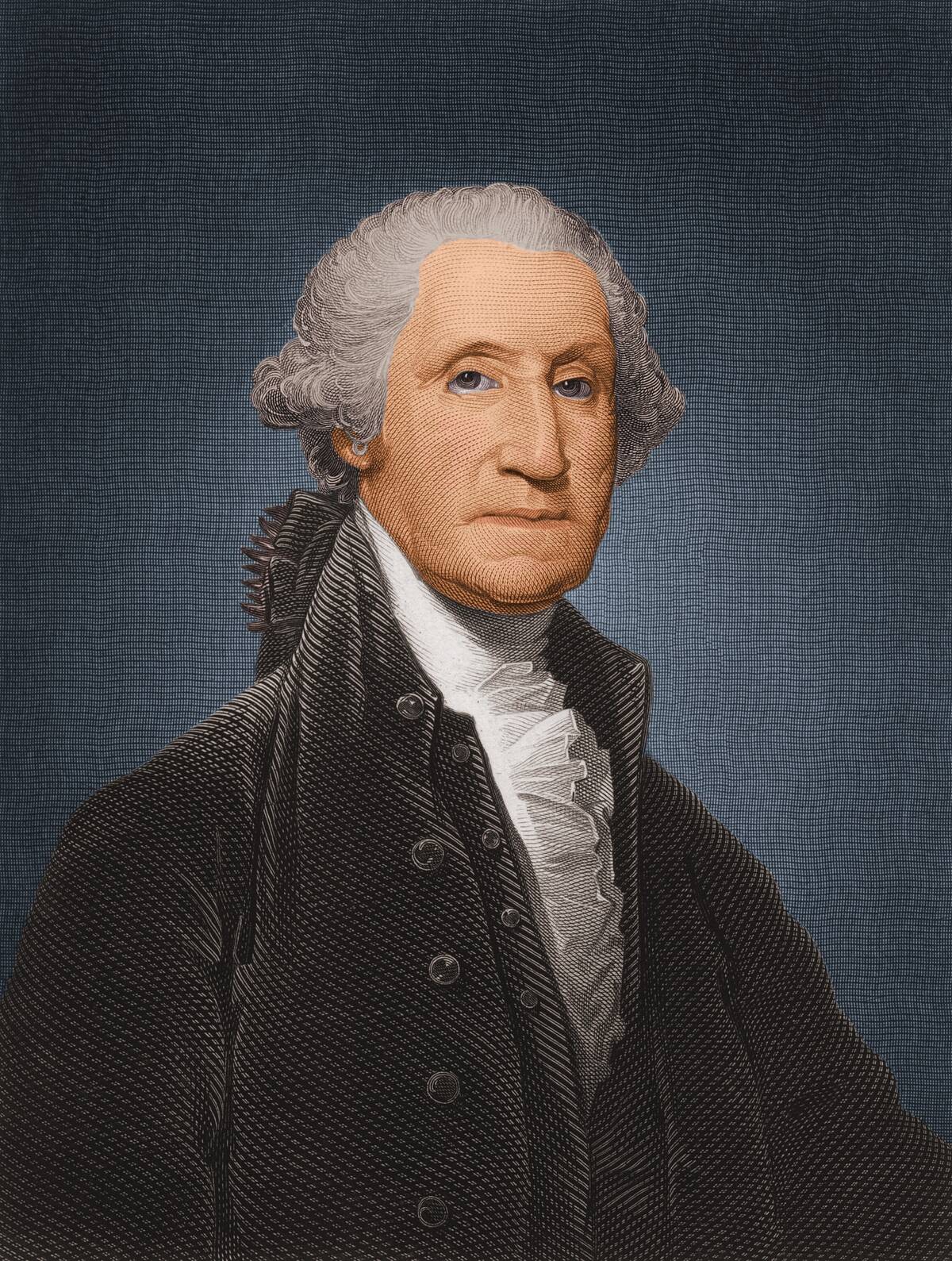
George Washington’s wooden teeth are a staple of American lore, but they weren’t wooden at all. His dentures were made from a combination of materials like human teeth, animal teeth, various metals, and ivory. Wood was never used because it wasn’t suitable for dental prosthetics.
Washington’s dental struggles were well-documented, and the wooden teeth myth may have originated as a simplification of his complicated dental history. It’s a quirky example of how myths can stem from misunderstandings.
The Misconception of Medieval Earth Maps

There’s a belief that medieval maps depicted the Earth as flat, but this is misleading. Medieval scholars largely understood the Earth as a sphere, a concept well-documented since the time of the ancient Greeks.
The confusion comes from ancient T-O maps, which were symbolic and theological, not geographical. Their creator, a saint and archbishop of Seville named Isidore (pictured), understood that the world was spherical. The flat Earth myth is a more modern creation, misrepresenting medieval scholarship.
Who Really Discovered America Before Columbus?
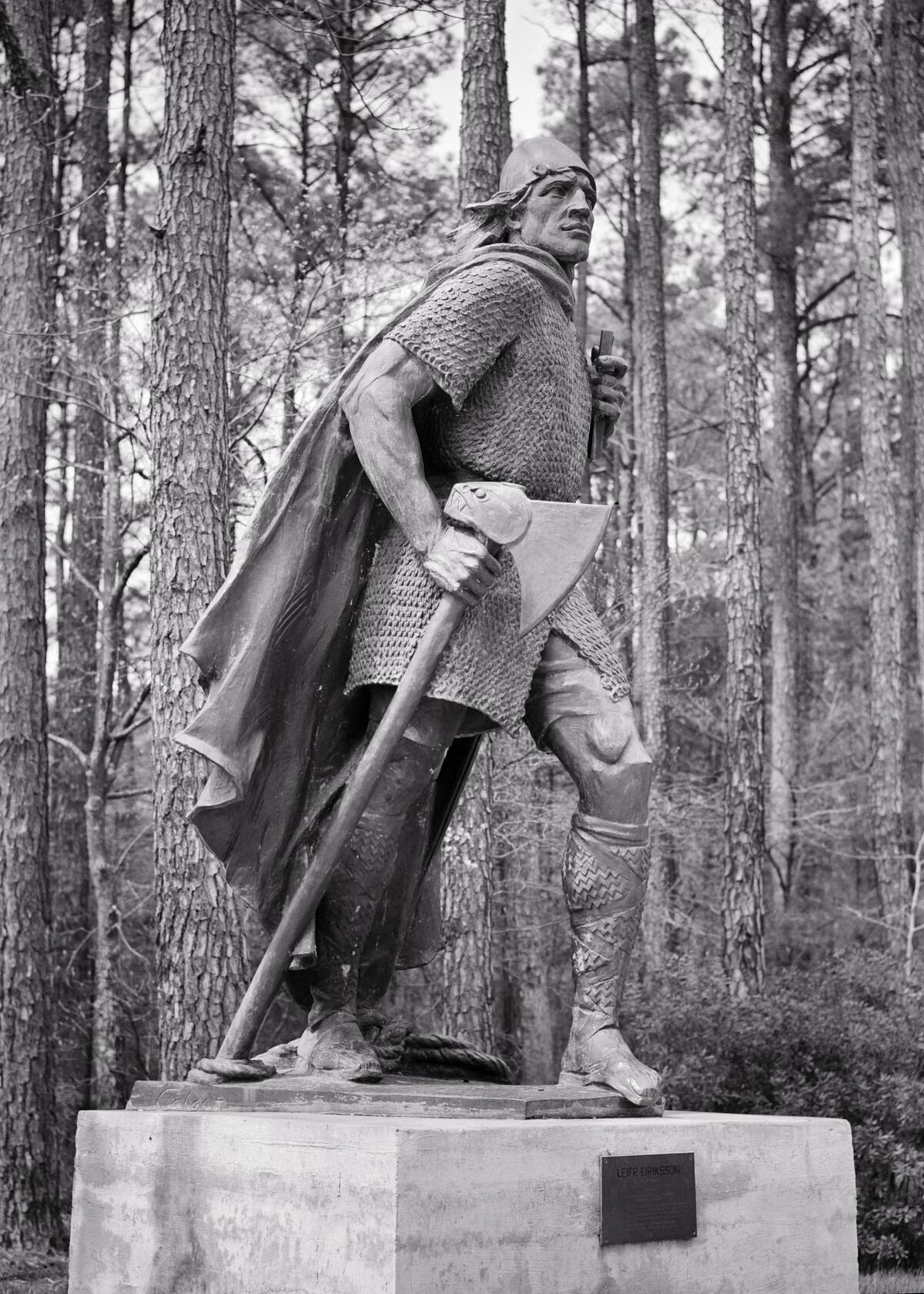
While Columbus is credited with discovering America in 1492, he wasn’t the first. Norse explorer Leif Erikson likely reached North America around 1000 AD, settling temporarily in a place known as Vinland, believed to be part of modern-day Newfoundland.
Evidence from Norse sagas and archaeological findings supports this. The idea that Columbus was the first is a Eurocentric view, ignoring the rich history of Native peoples and earlier explorers who ventured across the Atlantic.
The Myth of the Spartan “Throwing Babies Off Cliffs” Practice
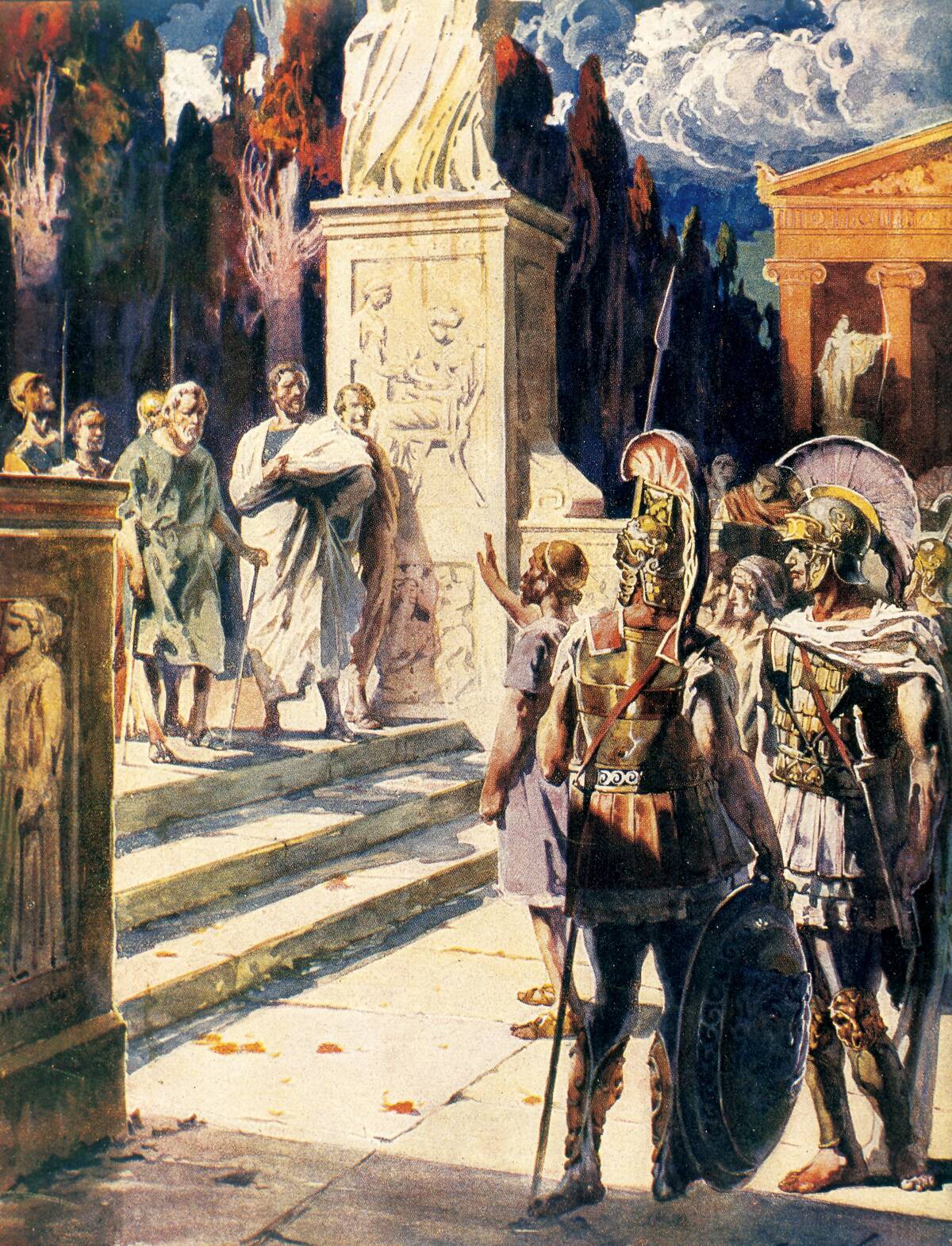
The Spartans are infamous for allegedly throwing weak infants off cliffs to ensure a strong military, but this is largely a myth. Historical evidence for this practice is scant, primarily derived from writings of their rivals like Plutarch, who may have exaggerated Spartan customs.
While Sparta valued strength, the decision regarding infants’ fates was likely more nuanced and family-centered. A Spartan who was considered too short and with a leg impairment even became king. This tale illustrates how sensational stories can overshadow the complexities of ancient cultures.
The Truth About Lady Godiva’s Nude Ride
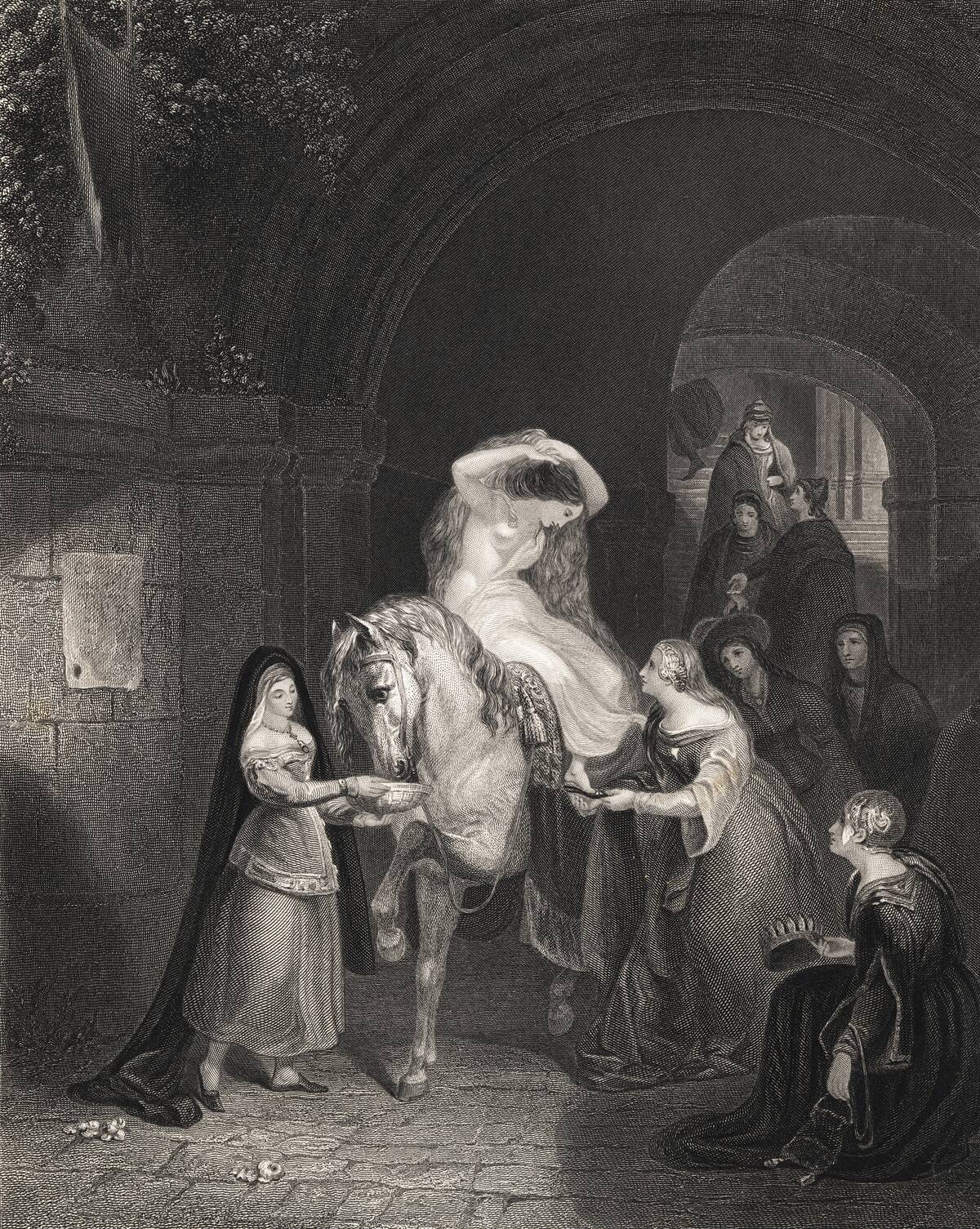
Lady Godiva’s legendary nude ride through Coventry is a tale of protest against oppressive taxation, but how true is it? The story first appeared centuries after her death, possibly as a moral parable rather than historical fact.
According to legend, only a man named Tom peeked, giving rise to “Peeping Tom.” While Godiva was a real person, the ride’s authenticity is debated among historians. Although the Chronica of Roger of Wendover documented her husband, Leofric, dismissing her protests of his taxes by telling her to do this, it’s unclear whether she actually did. This myth highlights how stories evolve into legends, blending fact and fiction.
The Real Story of the Trojan Horse
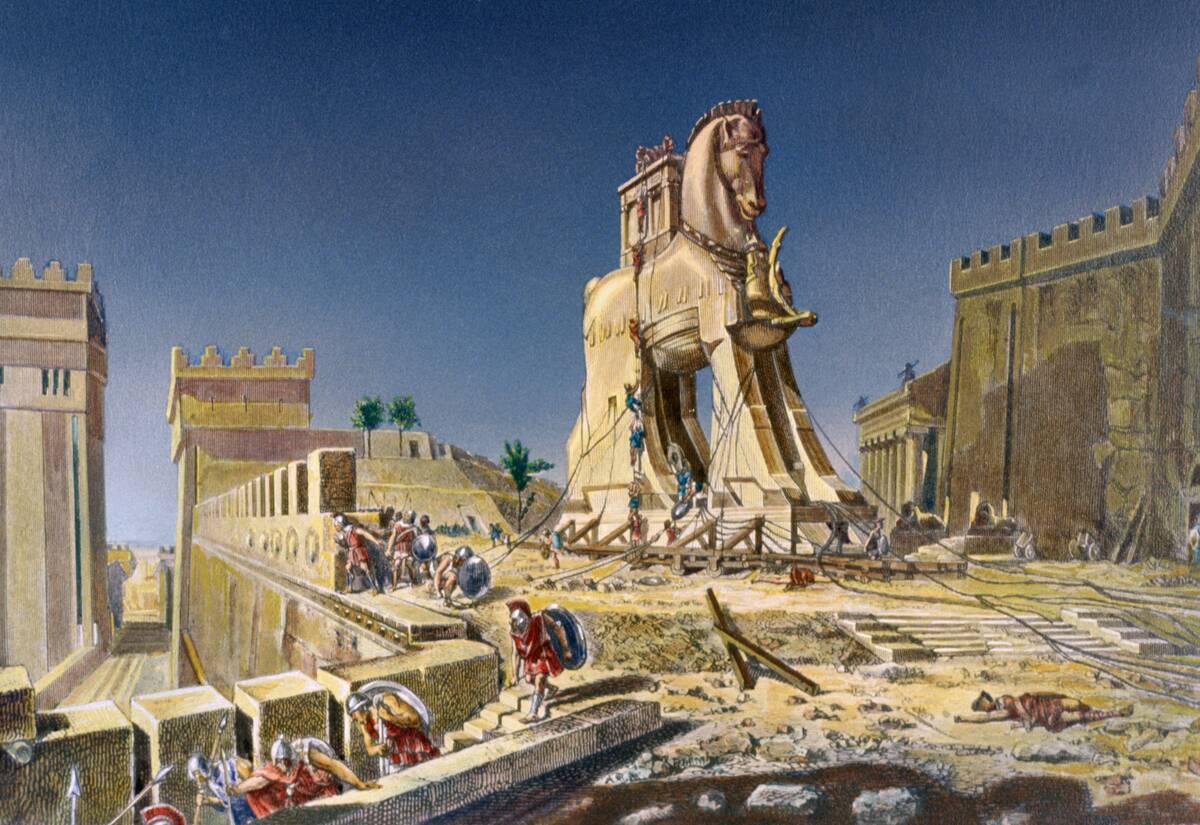
The tale of the Trojan Horse is one of history’s most famous stories of cunning, but its truth remains uncertain. Ancient sources like Homer and Virgil tell of Greeks hiding in a wooden horse to infiltrate Troy, leading to its downfall.
However, archaeological evidence for the event is lacking, and it might have been a metaphor for a different tactic or an embellishment of oral tradition. Troy was indeed burned down, but no evidence of any giant wooden horse exists. The myth endures as a symbol of strategic deception, regardless of its historical accuracy.
Did Isaac Newton Really Discover Gravity with an Apple?
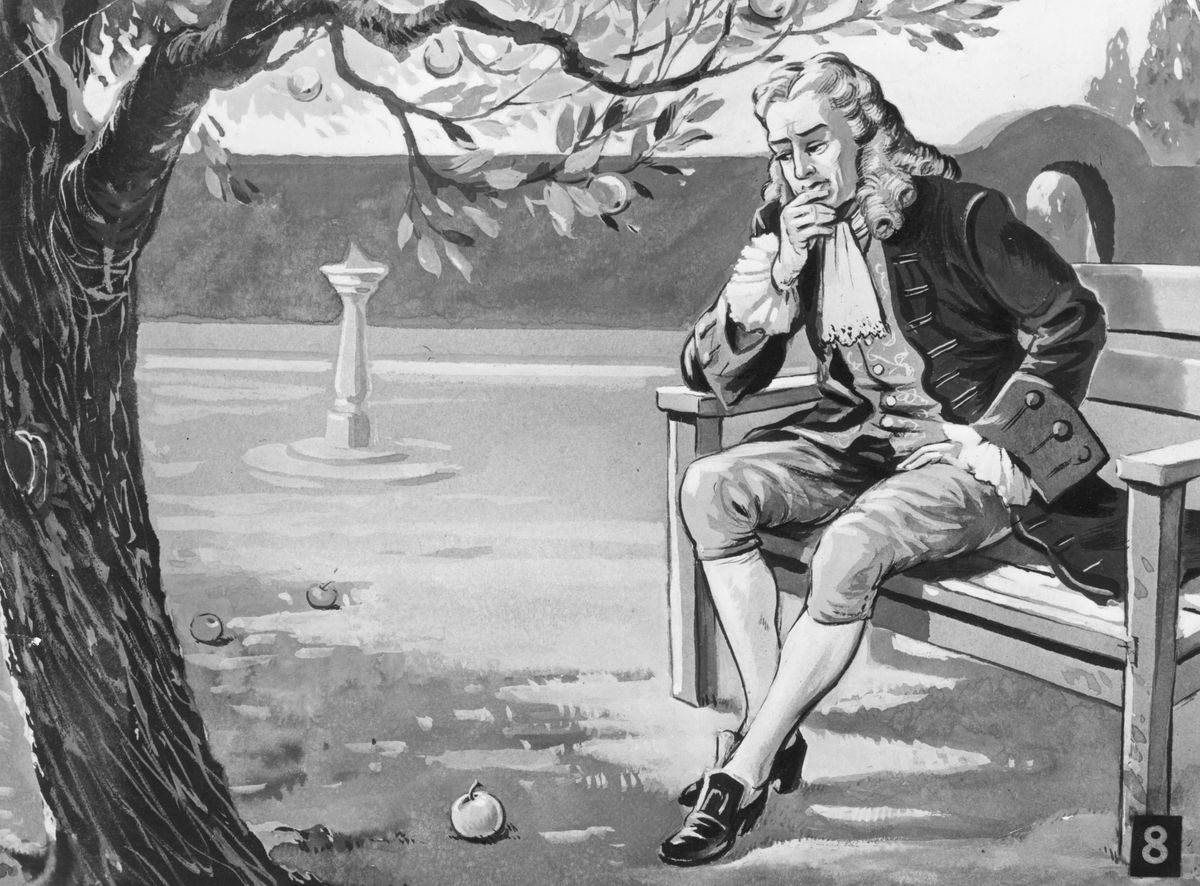
The story of Isaac Newton discovering gravity after being hit on the head by an apple is a charming tale, but it’s more legend than fact. Newton himself mentioned observing an apple fall, which led him to ponder gravitational forces.
The embellished version likely arose from anecdotes shared by his biographer, William Stukeley. While the apple anecdote simplifies the story, Newton’s insights into gravity were a result of extensive observation and mathematical reasoning.



